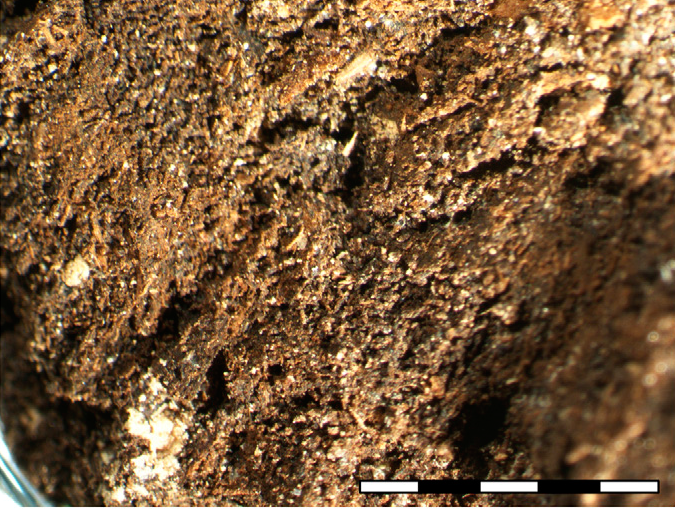Bits of pollen, plant matter and DNA in fossilised moa poo offer clues to the giant birds’ eating habits.

A new study led by Landcare Research has carefully analysed 51 moa coprolites — fossilised faeces — excavated from a single rock overhang at Daley’s Flat in the Dart River Valley in the South Island.
The coprolites were found to orginate from four species of moa (South Island giant moa, upland moa, heavy-footed moa and little bush moa) and radio-carbon dating revealed all four moa species inhabited the area at the same time between ?1000 and 1400 AD.
Analysis of the plant material in the coprolites showed that South Island giant moa and upland moa ate a diet consisting of plants found both in forested areas and open grasslands, while the the heavy-footed moa stuck mainly to grassland fare and the little bush moa lived up to is name by primary feeding in forest areas.
The findings were published in the journal PNAS this week.
The authors note that the moa, which became extinct some 400 years ago, played an “irreplaceable” role in the ecosystem of New Zealand:

“It has been suggested that some extant herbivores could act as ecological surrogates for moa. Detailed information on the ecology of extinct species is critical for determining appropriate ecological surrogates,” write the authors.
“Our study shows that no extant herbivore taxa (including other large ratites such as emu and ostrich) could replace the entire range of feeding ecologies exhibited by moa.
“The extinction of moa resulted in the irreplaceable loss of ecological function in New Zealand’s ecosystems.”
Listen below to author Dr Janet Wilmshurst (Landcare Research) discussing the study on Radio New Zealand.
Further coverage of the research includes:
Stuff.co.nz: Moa extinction an ‘irreplaceable’ loss (also TVNZ News)
Discovery News: Fossil poo reveals where ancient giant bird ate
The Examiner: Moa behavior discovered from coprolites
Phys Org: Scientists use fossilized feces to reconstruct moa diet